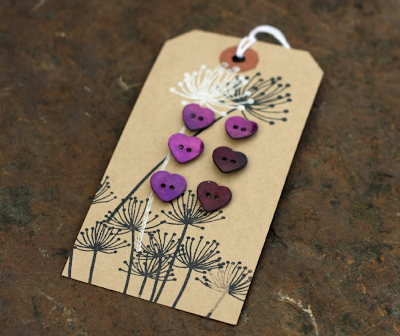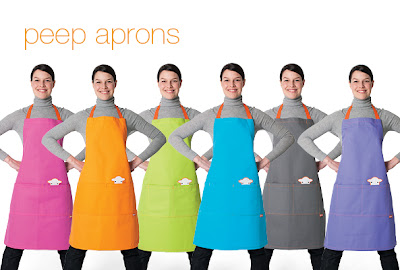 No, I didn't teach kindergarten myself. But today I welcome Sandra Hollywood to my blog — and she was a full-time teacher for 20+ years, and a substitute teacher for 15 years. Her last several years were spent in kindergarten, in a team-teaching situation. She and her teaching partner, plus an assistant, shared two large classrooms with approximately 50 children each year.
No, I didn't teach kindergarten myself. But today I welcome Sandra Hollywood to my blog — and she was a full-time teacher for 20+ years, and a substitute teacher for 15 years. Her last several years were spent in kindergarten, in a team-teaching situation. She and her teaching partner, plus an assistant, shared two large classrooms with approximately 50 children each year.
Sandra is from Canada, which explains the different spellings from what you'll normally see here. She's also the mother of Jacki Hollywood Brown, who writes a weekly blog post on Unclutterer (as do I).
Here's Sandra:
All I Really Need To Know I Learned in Kindergarten is a wonderful book by
Robert Fulghum. However, I learned so much more by becoming a kindergarten teacher. I learned to use time wisely, to be a good organizer, to be tolerant and to see the world through the eyes of 3-, 4- and 5-year-olds. And, most of all I learned that I had to model the behaviour I expected from the children.
Our organization began the month before the children entered school. We planned the entire year in advance, month by month and by theme. The classrooms were set up in advance. Everything was labeled and colour-coded: shelves for puzzles, blocks, etc.; craft materials and classroom supplies; and coat hooks and cubbies for each child’s personal belongings. Pictures were added to labels to help non-readers identify where everything went. A minute or two was allowed between activities for ‘tidy up time’ and the children were expected to tidy where they had been ‘working’.
As each theme came to an end (usually after 2 weeks), all related items were packed in a large clearly marked bin. Bins were stored under a raised platform — a platform which was used as a quiet reading area with theme-related books and lots of comfy cushions.
Garage sales and dollar stores provided us with simple but useful items. Lazy Susans held small yogurt containers full of crayons and pencils. Large divided plastic platters held bits of yarn, cloth scraps, etc. for collages. Parents were encouraged to save items such as baby food jars for glue and paint, toilet rolls for crafts, used greeting cards, etc. Toilet rolls became panda bears and dogs. Coffee filters became wings for drinking straw dragonflies. Greeting cards became beautiful collages.
Winter brought a new set of problems with bulky coats, pants, boots, etc. Coats and snow pants were hung on hooks clearly marked with children’s names. Mittens, hats and scarves were tucked securely in coat sleeves. Wet mittens, etc. were hung with colour-coded clothespins on a drying rack.
Organizing for a kindergarten classroom can so easily be applied to your home. In a child’s bedroom, attach labels with pictures to drawers and baskets. In the toy room, provide a place for everything and attach labels. Allow time for tidying. Provide hooks with children’s names (or colour-code) for coats and sweaters. As the parent, you will have to model the behaviour, but soon it will be second nature for your child. Before you know it, not only will your home be neater, but your child will be reading as well.














